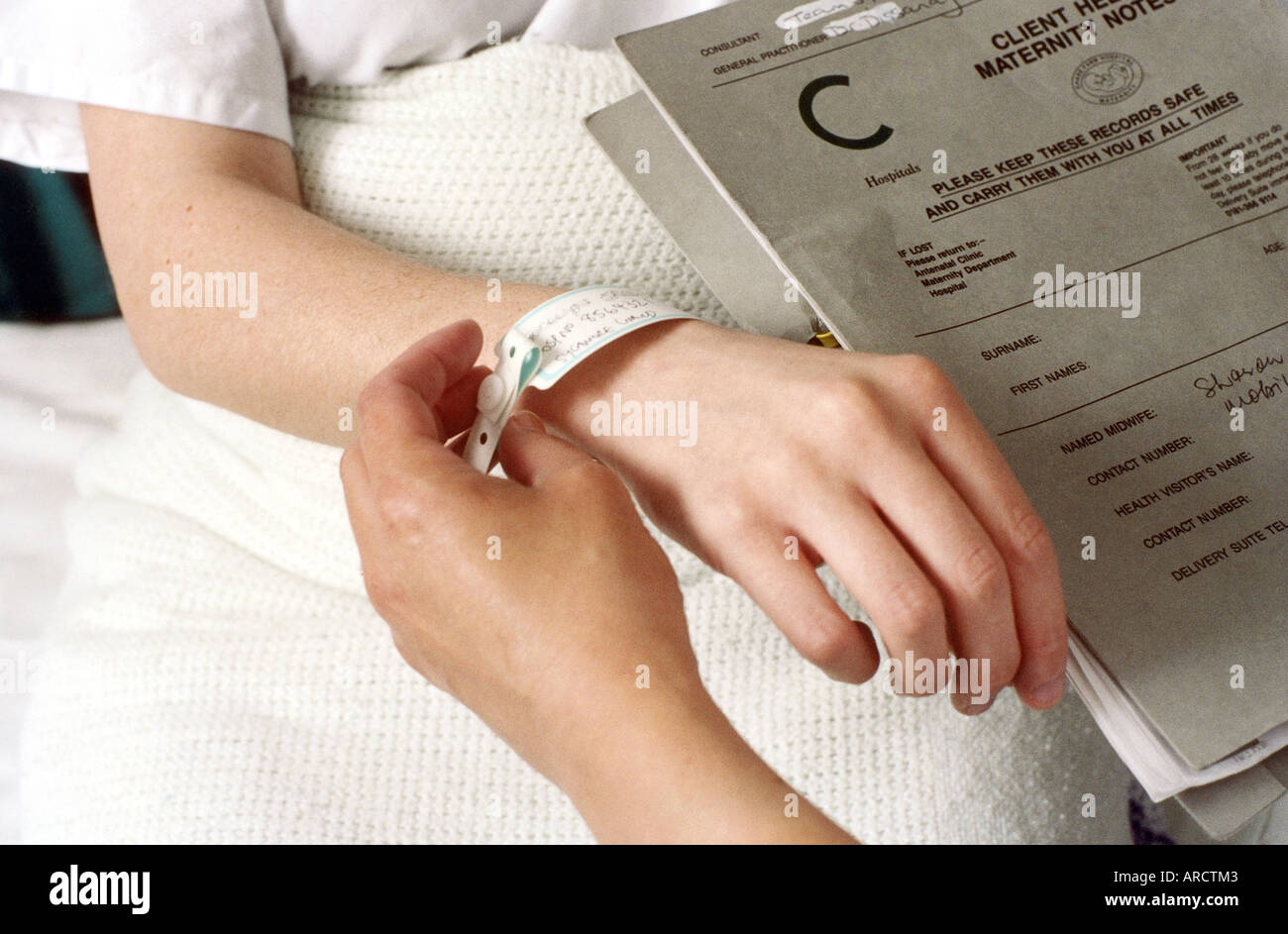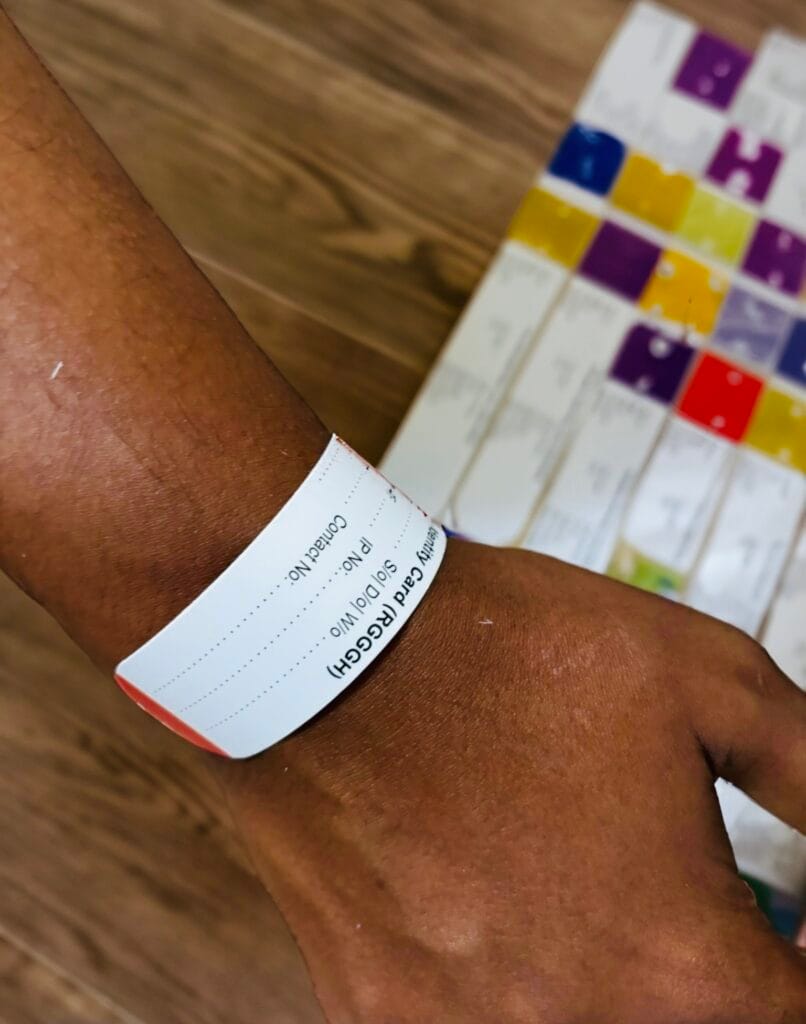Enhancing Safety And Security: The Significance of Patient Identification Bands in Medical Care
In the realm of medical care, the effectiveness of client recognition bands can not be overstated, as they offer as an essential secure versus misidentification and subsequent mistakes. These bands, usually ignored, contain vital info that is essential for guaranteeing individual security and ideal treatment end results. The implementation of reliable recognition procedures positions several obstacles that health care suppliers should navigate. As we discover the complex function of these bands, it becomes noticeable that their significance extends past simple identification, raising concerns concerning best practices and future advancements in person safety and security.
Summary of Person Identification Bands
Patient identification bands play a critical function in guaranteeing the safety and precision of individual care in medical care setups. These bands, usually worn on the wrist or ankle joint, work as an important tool for verifying person identification, consequently reducing the risk of mistakes in treatment, medication management, and various other healthcare procedures. Made from durable products, patient recognition bands commonly consist of crucial information such as the individual's name, date of birth, medical document number, and barcodes or QR codes for scanning.
The application of patient recognition bands is crucial in various health care environments, consisting of hospitals, outpatient centers, and long-lasting care establishments. They add to a methodical strategy in client monitoring, making it possible for health care professionals to swiftly and accurately identify patients, specifically in high-pressure situations where swift decision-making is crucial.
In addition, making use of these bands is lined up with regulative standards focused on improving individual security - Patient Identification Band. By making certain that each patient's information is conveniently accessible and quickly verifiable, doctor can preserve a high requirement of treatment, reduce the incidence of unfavorable occasions, and foster a culture of safety within health care establishments
Advantages of Accurate Recognition
Exact recognition is essential to boosting individual safety and security and care quality in medical care settings. It functions as the very first line of defense versus mistakes that could result in adverse client outcomes. By making sure that each individual is appropriately identified with trusted means, such as patient recognition bands, doctor can dramatically reduce the risk of misidentification, which can bring about inappropriate treatments, medication mistakes, and even surgical mix-ups.
In addition, exact patient recognition helps with efficient communication among medical care teams. When all employee can regularly determine individuals, they can share essential details much more efficiently, bring about far better coordination of treatment. This is particularly important in emergency situation situations where timely interventions are important.
Additionally, exact recognition sustains conformity with regulatory criteria, therefore lowering the risk of lawful effects for healthcare centers. It fosters trust between individuals and medical care carriers, as clients feel more secure recognizing that their identifications are being protected.
)
Common Difficulties Faced
Making certain effective patient identification in medical care settings presents a variety of obstacles that can jeopardize safety and care quality. Patients might arrive in a state of complication or distress, making precise identification difficult.
An additional obstacle is the dependence on human variables in recognition treatments. Healthcare professionals might unintentionally misinterpret or forget identification methods, specifically in high-stress environments such as emergency divisions. This can page bring about errors, including the administration of inaccurate therapies or drugs.
Technical issues also present difficulties. Although digital wellness record (EHR) systems are designed to improve individual recognition, system blackouts or customer mistakes can interfere with the process. Additionally, the physical style of client ID bands can result in readability problems, particularly in situations where bands are damaged or obscured.
Lastly, inconsistent training amongst team pertaining to recognition methods can lead to spaces in knowledge and practice. Resolving these obstacles is critical for boosting individual security and guaranteeing that recognition bands offer their designated purpose effectively.
Ideal Practices for Execution
To successfully execute patient recognition bands in health care settings, companies should adopt a complex technique that prioritizes training, technology, and standardization combination. Standardization includes developing clear procedures for the design, application, and usage of identification bands throughout all find more departments. This ensures uniformity and minimizes the threat of errors connected to variances in band kinds or classifying techniques.


Training is important for all healthcare personnel to ensure they understand the relevance of exact client identification, just how to appropriately apply and review recognition bands, and the procedures to adhere to in situation of discrepancies. Normal workshops and correspondence course can enhance this knowledge and advertise a culture of safety and security.
Innovation integration plays an essential role in boosting the effectiveness of person identification bands. Making use of barcode scanning or RFID technology can enhance the identification procedure, allowing for real-time verification of person identities. In addition, electronic health and wellness record systems ought to be set up to include informs for inequalities between the recognition band and patient data.
Future Trends in Person Safety
As health care proceeds to evolve, the focus on patient security is most likely to intensify, driven by improvements in modern technology and a greater understanding of systemic dangers. Arising fads indicate a shift towards even more incorporated systems that leverage data analytics, man-made knowledge, and machine understanding to enhance client recognition procedures. These modern technologies can help identify potential security problems prior to they intensify, therefore lowering mistakes related to misidentification.
Moreover, the implementation of blockchain innovation may reinvent exactly how patient information is safely shared amongst health care carriers, ensuring that recognition bands are consistently accurate and current. This will certainly not just improve individual security however also help with seamless communication across multidisciplinary groups.

In enhancement, the growing concentrate on tailored medication is expected to influence person safety procedures. By integrating market and hereditary information into recognition systems, healthcare experts can tailor treatments a lot more efficiently, decreasing the risks of unfavorable reactions because of misidentification.
Final Thought
In verdict, person recognition bands act as a vital component in enhancing safety within health care atmospheres. By assisting in precise patient recognition, these bands considerably lower the risk of errors connected with misidentification, improper therapies, and medication management. Regardless of obstacles in execution, adherence to ideal methods and the combination of emerging technologies can even more improve their performance. you could try these out Inevitably, the ongoing emphasis on robust recognition methods will certainly contribute to improved patient end results and general security in healthcare setups.
In the world of medical care, the efficacy of patient recognition bands can not be overstated, as they offer as an essential safeguard against misidentification and succeeding errors.Person recognition bands play an essential duty in guaranteeing the safety and security and accuracy of person care in healthcare setups. Made from resilient products, client identification bands frequently consist of essential info such as the patient's name, date of birth, clinical document number, and barcodes or QR codes for scanning.
By making certain that each individual is appropriately identified via trusted methods, such as patient recognition bands, health care providers can considerably decrease the risk of misidentification, which can lead to improper therapies, medication errors, and also surgical mix-ups.
In conclusion, individual identification bands serve as an essential element in enhancing safety within medical care atmospheres. Patient Identification Band.